X
Electric hoists represent their own machinery, strength, and toughness, while the stage is elegant, flowing, and soft, with conflicts and collisions between the two.
Behind the scenes of stage performances, the stage electric hoist is one of the important equipment. However, the construction process requires strict adherence to relevant precautions to ensure safet
Category : W12 Stage Electric Hoist
Get a Quote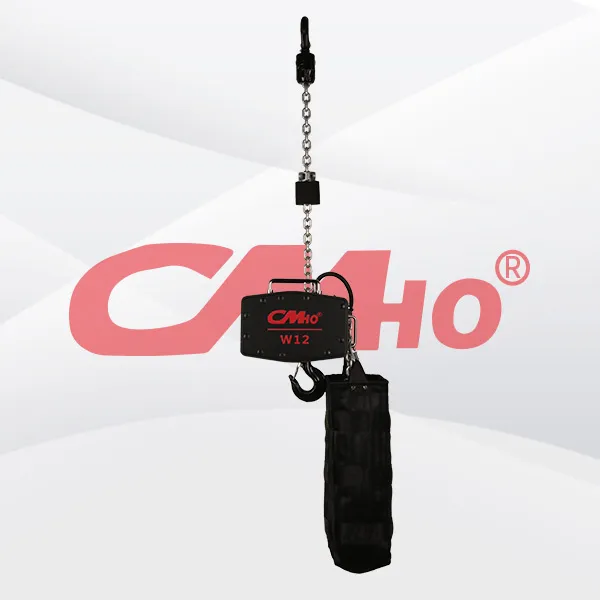
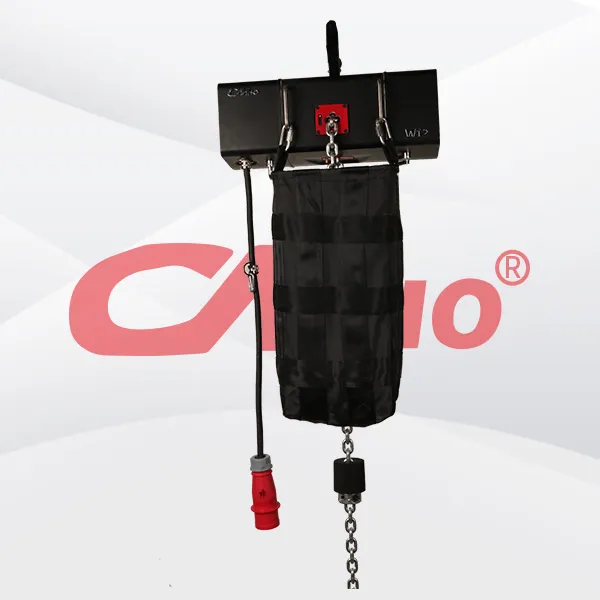
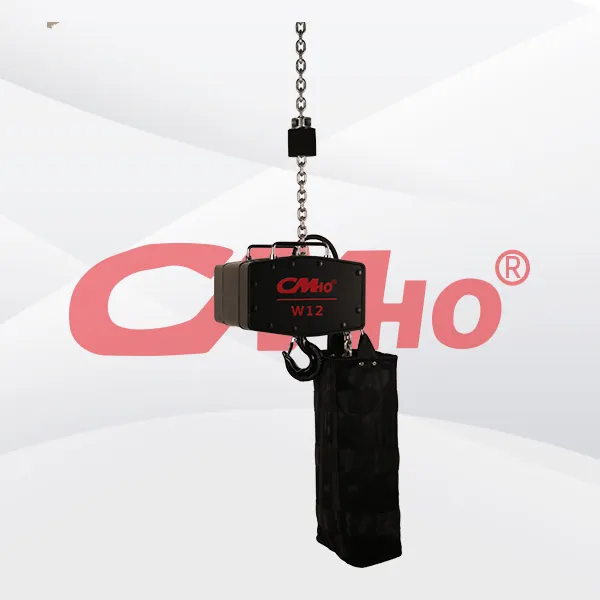
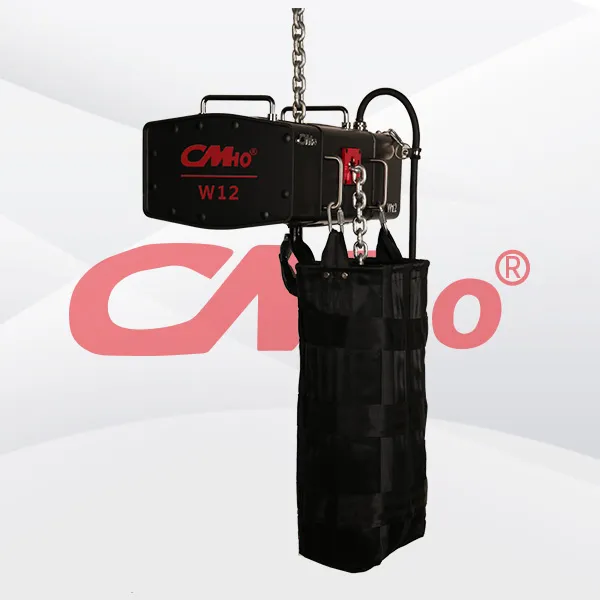





Product Details
All precautions for building stage electric hoists are known
Behind the scenes of stage performances, the stage electric hoist is one of the important equipment. However, the construction process requires strict adherence to relevant precautions to ensure safety and efficiency. The following are key considerations for building stage electric hoists:
1. Pre preparation stage
Equipment Selection
Select appropriate specifications and models of stage electric hoists based on the actual needs and load-bearing requirements of the stage. Careful evaluation should be conducted on factors such as the weight, volume, and lifting height of the heavy objects that need to be lifted during the performance to ensure that the rated lifting capacity, lifting height, and other parameters of the electric hoist can meet the usage requirements and avoid the risk of equipment overload operation due to improper selection.
quality testing
Before construction, it is necessary to conduct a comprehensive quality inspection of the stage electric hoist. The inspection includes whether the motor can operate normally, whether there are any abnormal noises or overheating phenomena; Whether the chain or wire rope is worn, broken, twisted, etc; Is the hook deformed or cracked; Whether the electrical control system is sensitive and reliable, and whether there are hidden dangers such as short circuits and open circuits. Only by ensuring the quality of the equipment is intact can construction work be carried out.
2. Installation location selection
Structural stability
When selecting the installation location, it is important to ensure that the electric hoist can be installed on a stable and reliable structure, such as steel beams, trusses, etc. above the stage. These structures need to have sufficient load-bearing capacity to withstand the weight of the electric hoist itself and the dynamic loads generated when lifting heavy objects. Avoid installation on fragile, deformed, or unstable structures to prevent collapse accidents during use.
Operational convenience
At the same time, it is also necessary to consider whether the installation location is convenient for operators to operate and observe. The operator should be able to clearly see the operating status of the electric hoist, the position of lifting heavy objects, and the surrounding environment, in order to adjust the operation in a timely manner. In addition, the operating position should try to avoid conflicts with other stage equipment, props, or personnel activity areas to ensure smooth and safe operation process.
3. Installation of suspension device
Connection firmness
When installing suspension devices, whether using bolt connections, welding, or other connection methods, it is necessary to ensure that the connection is firm and reliable. The bolts should be tightened according to the specified torque, and the welding area should ensure that the weld seam is full, free of defects such as slag inclusion and porosity. The connection between the suspension device and the electric hoist, as well as the load-bearing structure, should be able to withstand various forces generated during the operation of the equipment, to prevent the dangerous situation of the electric hoist falling off due to loose connections.
Safety margin
Sufficient safety margin should be reserved when designing and installing suspension devices. Generally speaking, the load-bearing capacity of the suspension device should be greater than a certain multiple of the rated lifting capacity of the electric hoist (such as 1.5-2 times) to cope with possible overload, impact and other special situations, ensuring the safety of equipment operation.
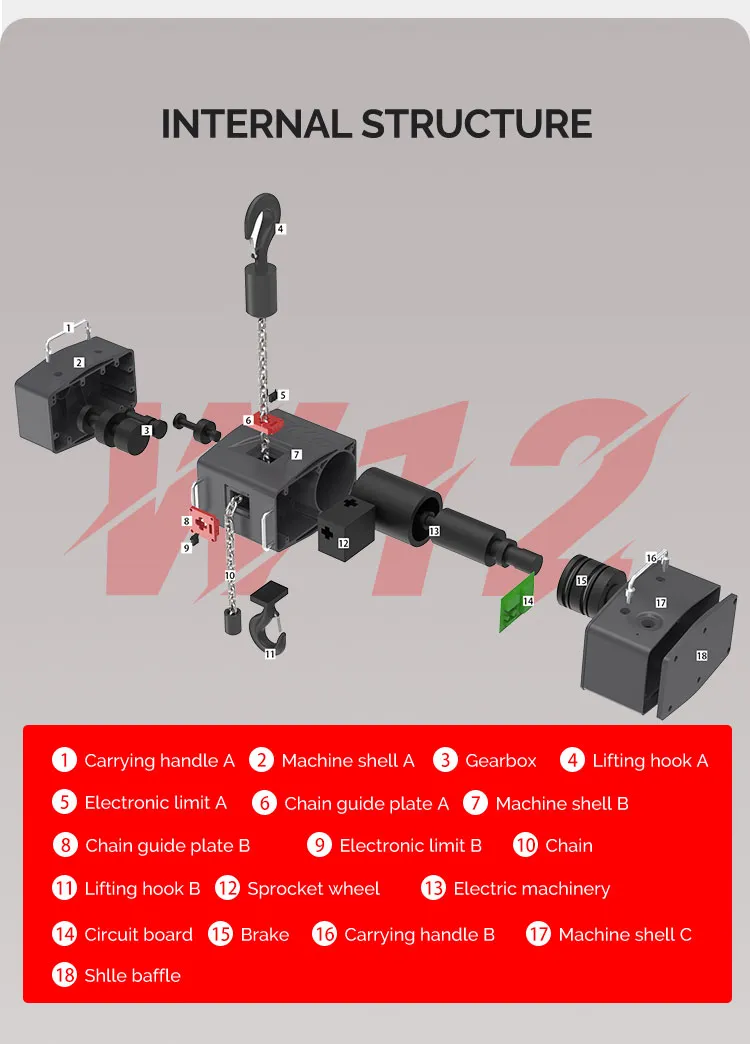
RELATED PRODUCTS .


Small soft lifting slings play a vital role in multiple fields by virtue of their unique performance advantages. Mainly woven from high-strength synthetic fibers such as polypropylene and polyester, t


The overload protection of stage chain motors is a comprehensive system. Its core lies in quickly cutting off power or limiting torque through electrical monitoring, mechanical restriction, and intell


Small stage electric hoists demonstrate unique advantages in space constraints, cost control, and scene adaptation through their characteristics of "small size, low energy consumption, and easy o...


In the wholesale model of stage electric hoists, the larger the purchase quantity, the more significant the unit price discount provided by the factory, which reduces the procurement cost per device.
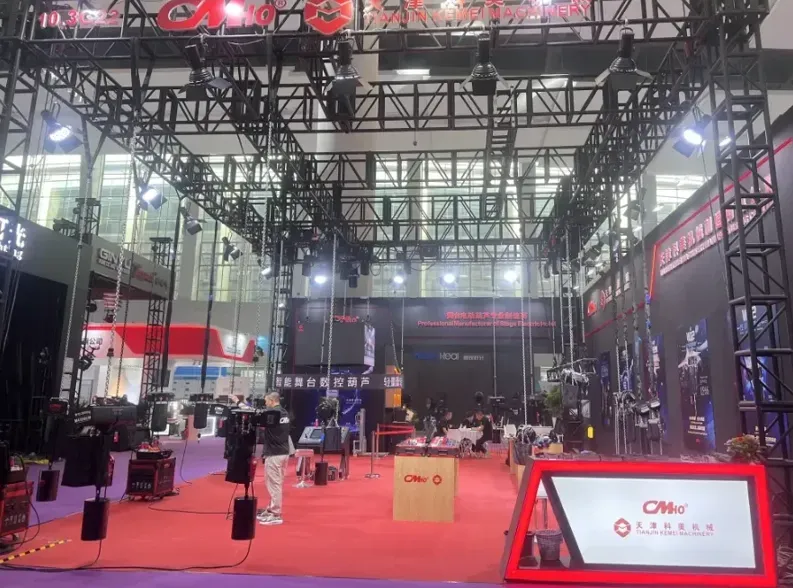
2025-05-27
创始人
0
Guangzhou International Professional Lighting and ...
We look forward to meeting you at the exhibition site and jointly drawing a new blueprint for industry development!
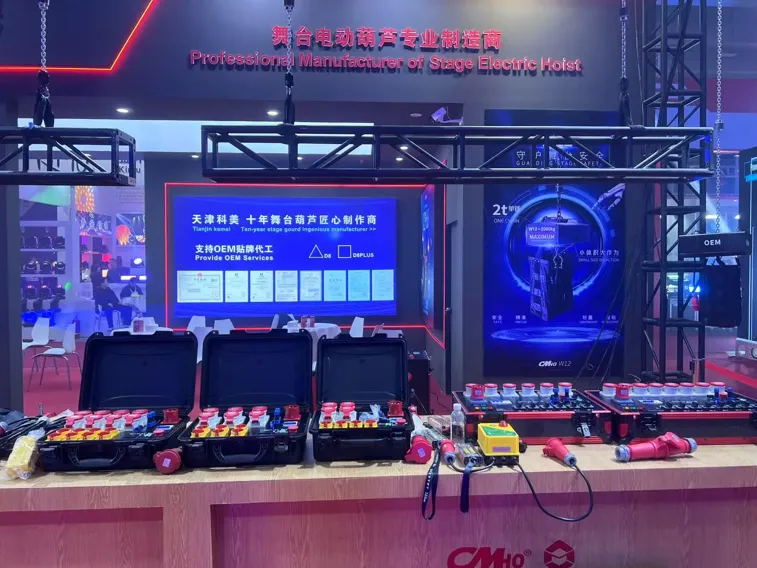
2025-02-28
创始人
0
The participation of Tianjin Kemei in the Guangzho...
Tianjin Kemei made a remarkable and eye-catching appearance at the Guangzhou (International) Performing Arts Equipment, Intelligent Acoustic, Optical and Electrical Products...
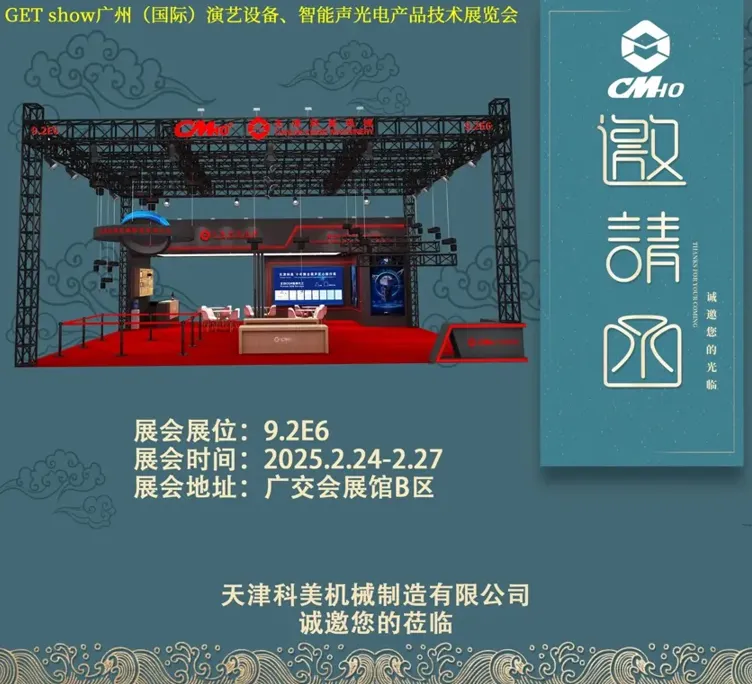
2025-02-27
创始人
0
Guangzhou (International) Performing Arts Equipmen...
In the era of the rapid development of stage lifting equipment and intelligent acousto - optic technology, every industry event serves as a crucial opportunity for innovatio...
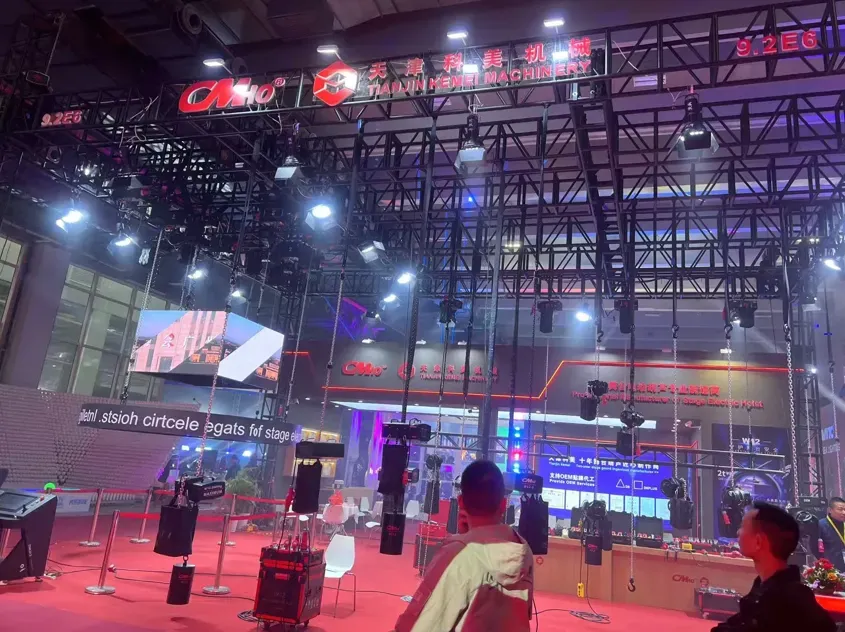
2025-02-27
创始人
0
GET show Guangzhou (International) Performing Arts...
Tianjin Kemei Machinery Manufacturing Co., Ltd. has been deeply engaged in the stage equipment manufacturing field for many years and has developed into a modern benchmark e...

